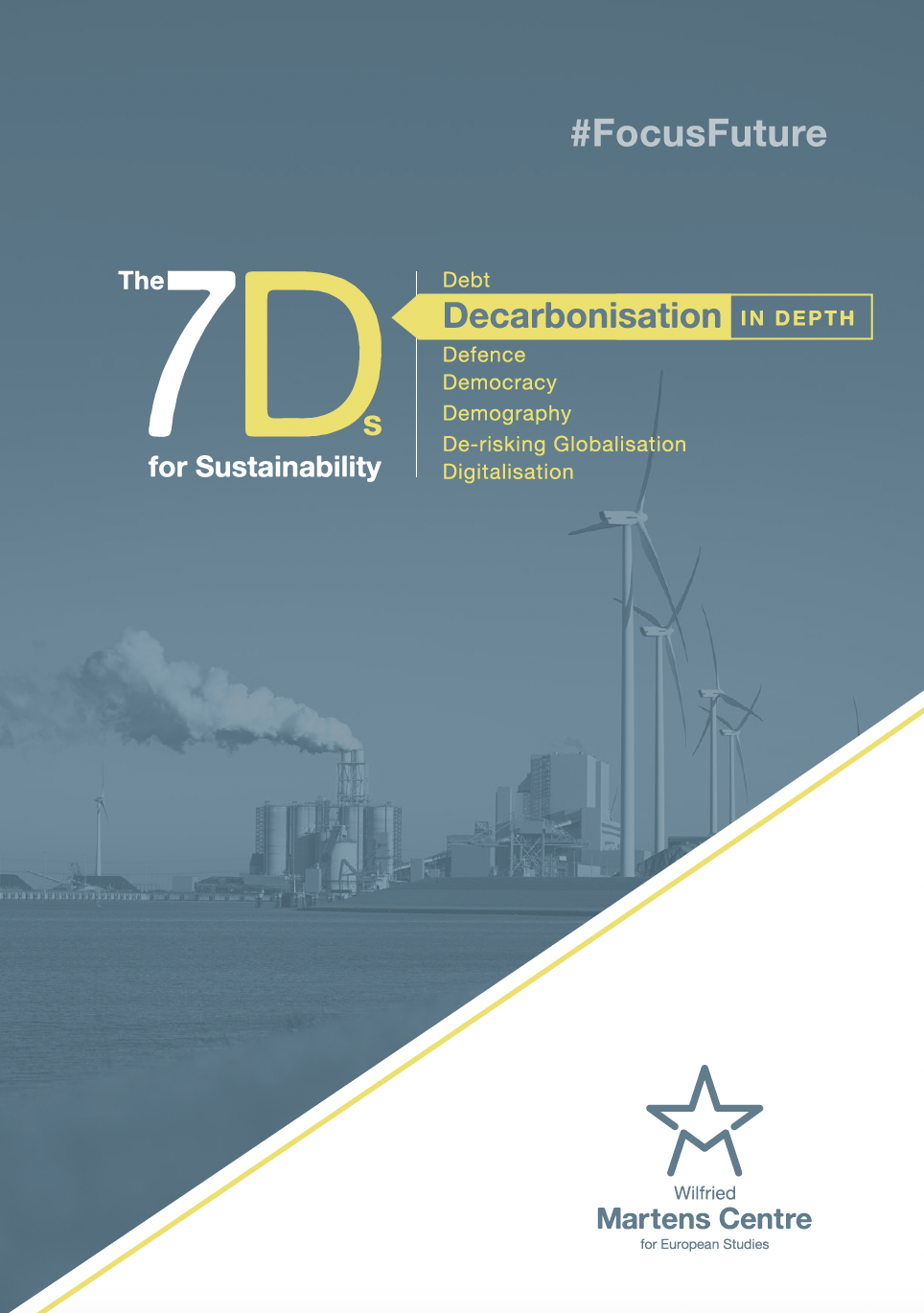The Unique Characteristics of Chinese Energy Policy
30 May 2023

This blogpost is an edited excerpt from the Martens Centre’s recent policy brief on ‘Evaluating China’s energy outlook’. The full paper can be found here.
‘Political power grows out of the barrel of a gun’ is one of Mao Zedong’s most famous quotations. What is often omitted is the rest of the statement and thus the full implication of the Communist despot’s words: ‘Our principle is that the Party commands the gun, and the gun must never be allowed to command the Party.’ This concept is one of the keys to a basic understanding of Chinese political life, which often remains a black box. The Chinese Communist Party (CCP) is the country’s sovereign, has the monopoly on violence and is the ultimate conduit of state power. The CCP is the nucleus around which society and the economy revolve and this design permeates everyday policymaking. The party, ardent nationalism and pragmatic self-interest have been the defining features of the Chinese Communist credo, and have shaped most of the country’s domestic and foreign policy.
China’s energy policy is no exception to this blueprint. Given the energy sector’s massive socio-economic impact, its design is much more than a product of technocratic deliberations: it is a vital tool for the CCP to pursue its long-term goals. After all, the CCP draws its legitimacy from the promise of continuous economic growth and social stability. Concerns about CO2 emissions, international pledges or climate diplomacy count for next to nothing for the CCP, when societal interest is at stake. The Communist leadership is acutely aware that only an effective energy policy can provide the necessary basis for China’s long-term growth. China is the world’s biggest energy consumer and its industrial sector provides one-third of its overall GDP. The COVID-19 lockdowns, disruption to global energy markets and the severe electricity shortages within China have had a negative impact on industrial production and living conditions. All of these factors have prompted Xi Jinping and his inner circle to chart a course for energy self-sufficiency.
‘Energy security’ is a key term that permeates many relevant state documents and official positions. The Party work report for the 20th National Party Congress of the CCP refers at length to the importance of energy security and improved self-reliance. The issue is elaborated in more technical detail within the recent 14th Five Year Plan for a Modern Energy System, which warns that the coming years will be critical for China’s energy security, given the overlap of old and new risks. This has been aptly summarised by Xi Jinping himself: ‘Our energy rice bowl must be held in our own hands’. This priority resonates not only with the recent domestic power shortages and industrial needs, but touches on the very essence of the Chinese people’s struggle towards a better life.
The current energy outlook hints that the Chinese energy sector will aim for forceful expansion in the next five to seven years, in a final push in the quest for economic growth and industrial development. The promised goal of the Communist leadership to ‘peak carbon emissions by 2030’ is more an admission that China will likely reach its economic limits by then. Worsening demography, property market bubbles and financial sector volatility will markedly complicate the outlook for the Chinese economy. The country’s emissions will peak due to pure economic slowdown, not a revolutionary decarbonisation effort. Until then, China will be poised to diversify its energy deliveries in an attempt to secure its energy security via an expanded portfolio of energy importers, emergency oil stockpiling and expanded LNG infrastructure. After all, the better prepared and more energy resilient China is, the better its chances during an active conflict in the Indo-Pacific over Taiwan (Republic of China).
It is important to reiterate that China remains an oppressive, authoritarian state with a heavily centralised economy. Beijing continues to be troubled by some of the problems facing a still-developing nation—a lack of basic infrastructure, food supplies and access to clean water remain a challenge in some regions. The country is plagued by widespread corruption, administrative inadequacy and the burdensome centralisation of power. Furthermore, we are yet to witness the unintended consequences of the decade-long aggressive state subsidy of the renewable sector, the oversupply of obsolete infrastructure and energy grid inefficiencies. Neither China’s long-term leadership in clean energy technologies nor its accomplishment of a balanced energy mix are guaranteed; far from it.
For these reasons, China will not bind its own feet and limit the use of fossil fuels in its energy mix. The abundant supply of affordable energy remains the paramount goal. Beijing will continue to weave a promising narrative about its clean energy achievements in a Janus-like attempt to improve its international image for a Western audience, while fully siding with the concerns of the developing world. China’s ‘decarbonisation agenda’ is a pragmatic state-led effort to improve air quality and environmental conditions, while keeping its industrial advantages and maximising economic output.
This uniquely Chinese energy policy is, first and foremost, concerned with energy self-sufficiency and economic dominance. In the minds of Chinese policymakers, the Middle Kingdom needs to shine bright and project power, not be preoccupied with its carbon footprint.
ENJOYING THIS CONTENT?





















